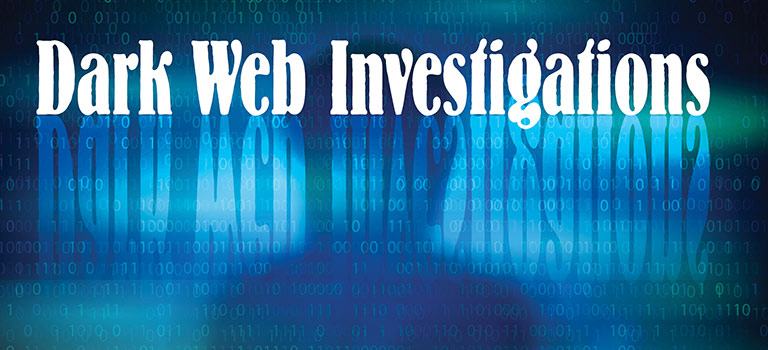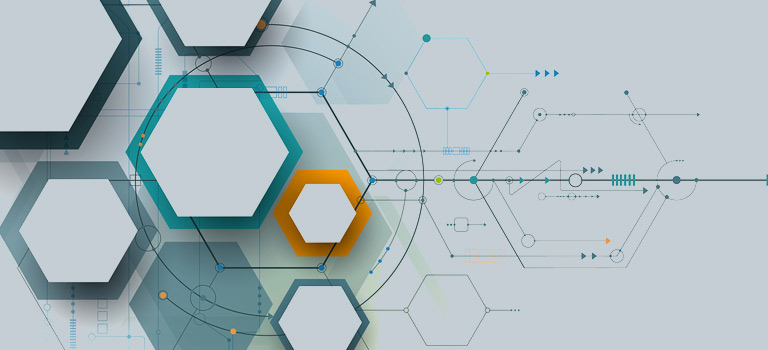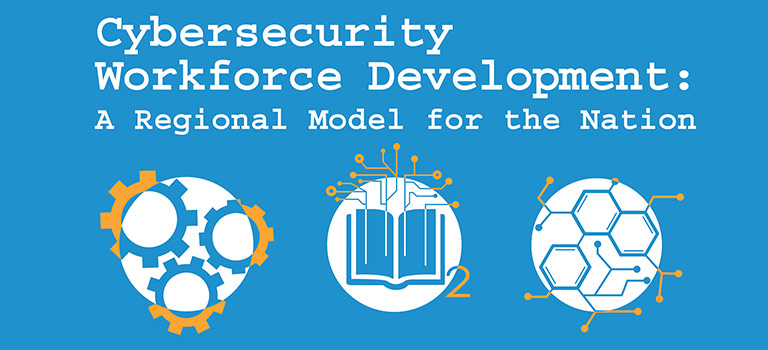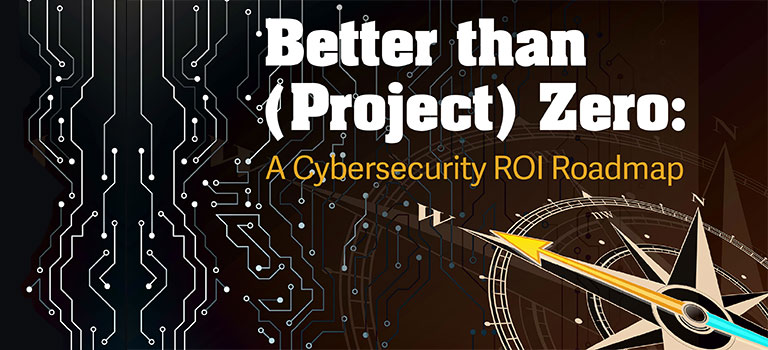The Threat and Threat Intelligence
Dark Web Investigations
Author(s):
Paul Kubler, Red Team Lead, CYBRI
The dark web has been sensationalized in the news, movies, and on television dramas. The dark web, and the less commonly discussed deep web, make up a part of the internet that is not accessible via search engines, like Google or Bing. This part of the internet dates to the 1990s when lists of sites … Read more











